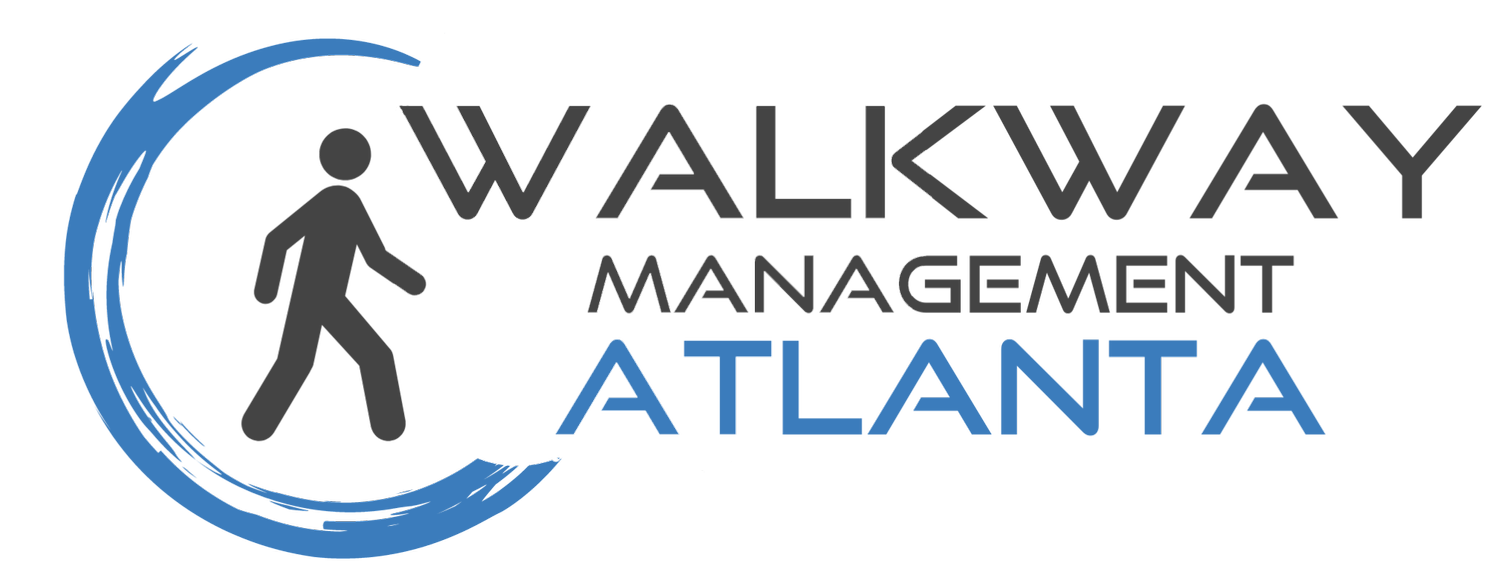3 Stages to Slip Risk Assessment & Prevention
The purpose of this article is to provide a three-stage process for Slip and Fall Prevention.
Step 1 | Identify Areas
In the first stage of developing a proper slip and fall prevention program, you must identify areas that are at risk.
As a Certified Floor Safety Auditor by the University of North Texas, one of the first things I do is walk around a building and note areas that are at high-risk.
Draw out a map for the building you are assessing. Mark High-Risk Areas that can potentially cause a slip and fall accident as well as areas that already have seen a slip and fall accident.
Look for areas where a drinking water fountain is near, coffee machine, vending machine, leaky faucets, etc. You’d want to make sure all your bathrooms are marked, due to the constant presence of water on the floor.
Never forget entrances into the building. 40% of all slip and fall accidents happen at the entrance of a building.
Stage 2 | Assess Slip Risks
After you’ve marked down areas that can be at high-risk, go ahead and identify the “why”. Why are these areas at higher risk than others?
You are looking for three things; Contamination, Pedestrian and Slippery Surfaces.
Contamination: Could there be spills, ice, or wet floors due to routine cleaning?
Many of these areas can experience some sort of contamination due to negligence. If an area becomes contaminated with water or any other liquid substance, make sure that your team is properly trained to identify it immediately and to clean it up.
Pedestrian: What type of behavior is the pedestrian involved in while walking on your surface?
A person with gym shoes on is at a lower risk of a slip and fall accident than a person with dress shoes on. The footwear of your employees and customers is very important in implementing a Floor Safety Program.
If you are assessing a facility that is located on a golf course, you may want to pay extra attention to those floors due to the footwear.
Make sure you are aware of the peak times that your walkways will experience traffic and be extra alert during those times for any contaminations on the floor.
Ask yourself these questions when considering pedestrian behavior in a high-risk area:
1. Are people usually rushing through this area?
2. Are people carrying items in both hands?
3. Is this a family area where children may be coming in full speed?
4. What is the typical footwear people are wearing in these areas?
Slippery Surfaces: Have you had your floors tested to see if they are compliant with ANSI A326.3?
According to a Slip and Fall Study Report by CNA Insurance, over half of business floors fail to comply with the ANSI A326.3 required threshold of 0.42 Dynamic Coefficient of Friction.
Consider slip testing the areas of high and medium risk. Knowing and having proper documentation that your walkways are above compliance, is a good night’s sleep.
STAGE 3 | Prevent Slip Risks
There are three different actions to take when identifying a slippery floor.
1 | Deep Cleaning/Degreasing
A lot of the time when a floor is slippery, it is because it has not been cleaned right for years. Most maintenance crews simply throw some floor cleaner in a bucket and mop it onto the floor and call it a day.
Properly cleaning and degreasing your floor is important to maintaining safe surfaces for pedestrians. Make sure your maintenance team is properly trained on how to properly clean a floor.
2 | Treatment
Depending on the type of surface, you can always choose to chemically treat your surface in order to boost your floor above the 0.42 DCOF threshold, chemical treatments are a modern miracle. They are fast, cheap and very effective.
Chemical treatments work best on matte ceramic and porcelain tiles. While the treatment does work on marble, travertine, and granite floors, it needs to be done more often on high porous surfaces.
3 | Resurfacing
For high-gloss areas, we’d recommend resurfacing the area with an anti-slip coating or sealer that can adhere to the surface without damage.
You’d want to use special anti-slip coatings and sealers with appropriate aggregate on travertine, marble, or granite. Any high porous stone should be properly sealed to protect not only the pedestrian, but also the stone from stains.
Walkway Management’s Floor Safety Program
Walkway Management offers a Floor Safety Program that provides all of the above services at a low price.
Our Boost Assurance Program offers a full walkway audit, remediation services, quarterly testing and full floor safety reports. These reports can and should be used in the court of law to fight off any legal slip and fall lawsuits.
Feel free to reach out to our team regarding any questions you may have.

